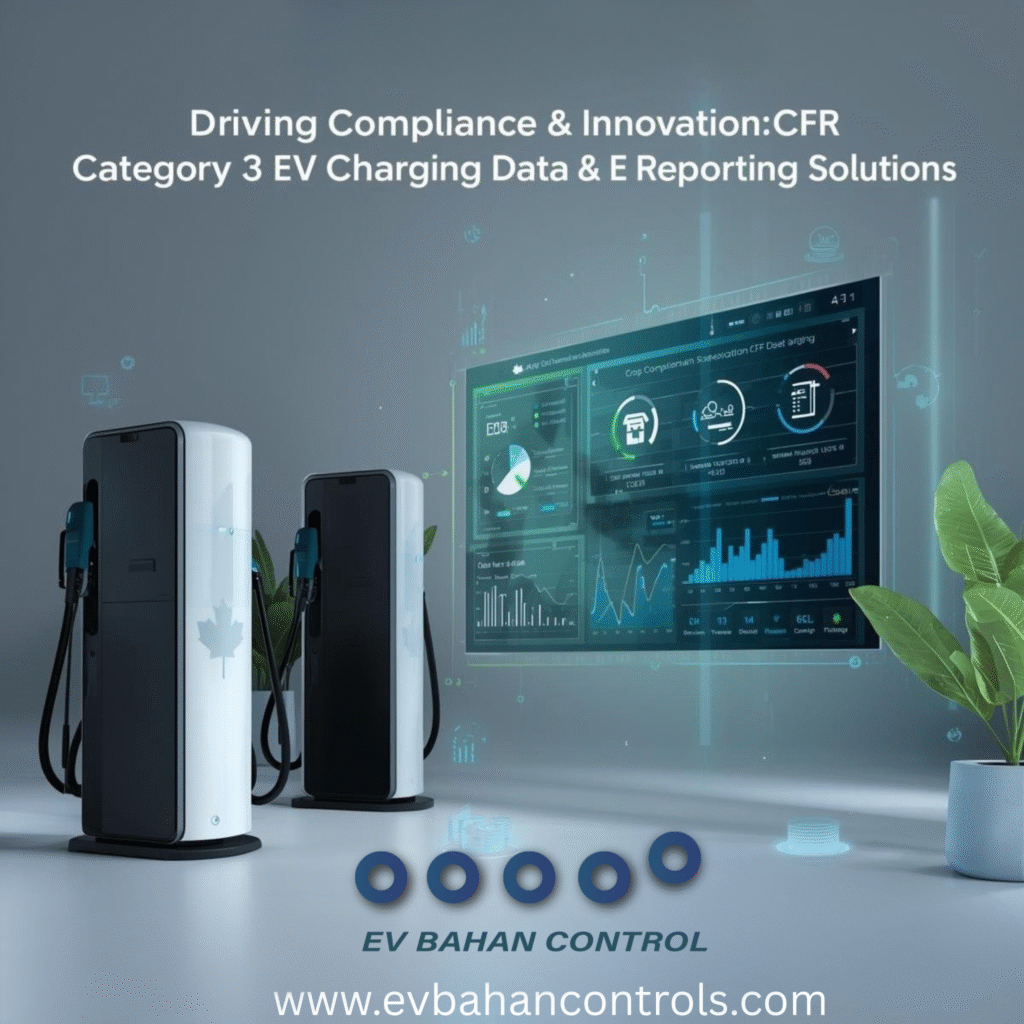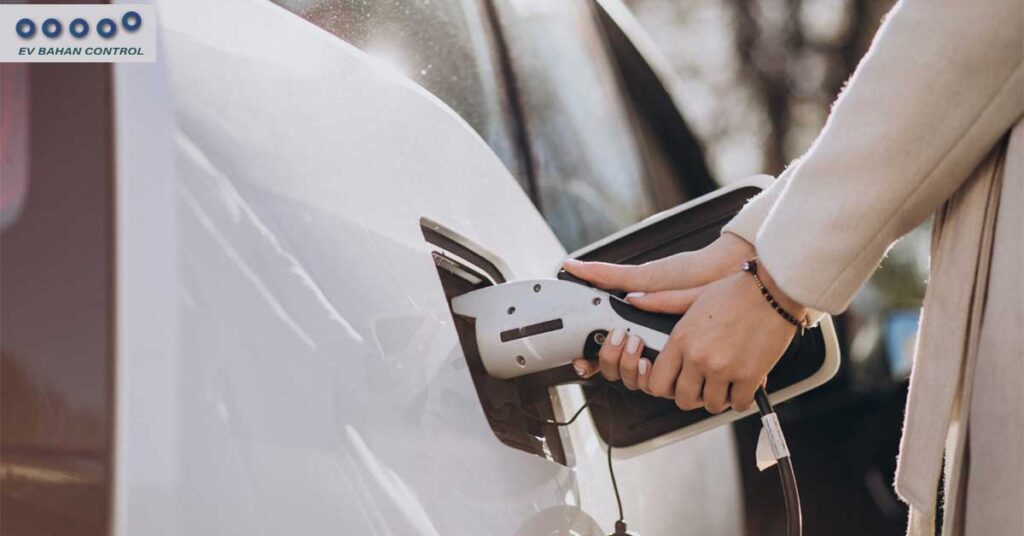The EV ecosystem is undergoing a transformative shift, driven by the rapid rise of electric vehicles (EVs) globally and the need for innovative EV charging infrastructures. Among the most promising advancements is Battery Swapping Solutions, a game-changing strategy that addresses the challenges of range anxiety, charging downtime, and infrastructure scalability. Our EV Battery Swapping Ecosystem leverages cutting-edge EV battery-swapping technology to revolutionize EV mobility, making it faster, more accessible, and sustainable. This blog explores how Battery Swapping Solutions are reshaping the EV ecosystem, with a focus on their benefits for electric vehicles in India, EV fleet managers, and the broader push for clean energy as championed by initiatives like the Clean Energy Ministerial (CEM) and Electric Vehicles Initiative (EVI). From Battery-as-a-Service (BaaS) to our Battery Swapping App, we’ll dive into how this technology is driving EV adoption worldwide. Understanding Battery Swapping Solutions Battery Swapping Solutions involve exchanging a depleted EV battery for a fully charged one at dedicated stations, typically in under five minutes. Unlike traditional service battery-charging, which can take hours, battery swapping offers a quick and efficient alternative, particularly for two-wheelers, three-wheelers, and commercial fleets. Our Battery Swapping System at EV Bahan Controls integrates EV battery-swapping technology with a user-friendly Battery Swapping App, creating a seamless experience for users and operators. By incorporating Low-Code/No-Code (LCNC) platforms and real-time data analytics, our EV battery-swapping network optimizes battery-swapping operations, ensuring scalability and reliability. This approach aligns with global efforts to promote EVs globally, as seen in initiatives like CEM and EVI, which advocate for sustainable EV charging infrastructures. How Battery Swapping Solutions Transform the EV Ecosystem? Battery Swapping Solutions are redefining the EV ecosystem by addressing key pain points and unlocking new opportunities. Here’s how they’re driving transformation: 1. Reducing Charging Downtime: Traditional charging can take hours, creating bottlenecks for EV fleet managers and individual drivers. Nate’s solution enables rapid battery exchanges, keeping vehicles on the road longer. 2. Enhancing EV Adoption: Range anxiety and long charging times are major barriers to EV adoption. Battery Swapping Solutions address these concerns by offering a faster alternative, making electric vehicles more appealing to consumers and businesses. 3. Supporting Battery-as-a-Service (BaaS): The Battery-as-a-Service (BaaS) model allows users to lease batteries instead of owning them, reducing upfront costs for electric vehicles. Our battery swapping model supports BaaS by managing battery inventory and ensuring availability through real-time State of Charge (SoC) monitoring. 4. Optimizing Energy Consumption: Battery Swapping Solutions enable centralized battery charging, which can be scheduled during off-peak hours or powered by renewable energy. This aligns with the Clean Energy Ministerial (CEM) goals of promoting clean energy in EV charging infrastructures. 5. Scalability for Growing EV Markets: The EV battery-swapping network is highly scalable, allowing operators to expand stations as EV sales grow. Our Low-Code/No-Code (LCNC) platform simplifies deployment, enabling rapid scaling of battery-swapping operations. Key Features of EV Bahan Controls’ Battery Swapping Solutions Our Battery Swapping Solutions are designed to empower EV fleet managers, station operators, and drivers with advanced technology. Here are the standout features: 1. Real-Time State of Charge (SoC) Monitoring: Our EV battery-swapping technology tracks the State of Charge (SoC) of batteries in real-time, ensuring only fully charged, high-quality batteries are available for swaps. 2. User-Friendly Battery Swapping App: Our Battery Swapping App allows users to locate stations, reserve swaps, and make payments seamlessly. Built with LCNC technology, the app is customizable and accessible across devices. 3. Scalable Battery-Swapping Operations: Our Battery Swapping System supports multi-station management, enabling operators to scale their EV battery-swapping network efficiently. Real-time analytics optimize inventory and station performance. 4. Integration with EV Charging Infrastructures: Our Battery Swapping Solutions complement traditional charging, allowing stations to offer both services. This hybrid approach maximizes flexibility for users and operators. 5. Sustainable Battery Management: By optimizing batteries or charging technology, our system supports eco-friendly practices, such as charging batteries with renewable energy and recycling old units, aligning with EVI goals. The Role of Battery Swapping in India and Globally In markets like electric vehicles in India, where two-wheelers and three-wheelers dominate, Battery Swapping Solutions are a game-changing strategy. Companies like Lithion Power have demonstrated the potential of battery swapping to support urban mobility. Globally, the Electric Vehicles Initiative (EVI) highlights battery swapping as a key enabler for scaling EVs globally, particularly in densely populated regions. Our EV Battery Swapping Ecosystem is tailored to meet these needs, offering: Why Choose EV Bahan Controls’ Battery Swapping Solutions? At EV Bahan Controls, our Battery Swapping Solutions are designed to lead the EV ecosystem into the future. Here’s why we stand out: By integrating Battery Swapping Solutions with the best charging infrastructure, we provide a holistic approach to EV adoption. Conclusion Battery Swapping Solutions are transforming the EV ecosystem by addressing critical challenges like charging downtime, cost barriers, and infrastructure scalability. At EV Bahan Controls, our EV Battery Swapping Ecosystem leverages advanced EV battery-swapping technology, a user-friendly Battery Swapping App, and sustainable practices to drive EV mobility forward. From supporting electric vehicles in India to aligning with global initiatives like CEM and EVI, our solutions are shaping the Future of EV charging. Battery Swapping Solutions FAQ 1. What are Battery Swapping Solutions, and how do they benefit the EV ecosystem? Battery Swapping Solutions allow users to exchange depleted EV batteries for fully charged ones at dedicated stations, typically in minutes. They benefit the EV ecosystem by reducing charging downtime, lowering ownership costs through Battery-as-a-Service (BaaS), and supporting scalability for electric vehicles globally. Our Battery Swapping System enhances EV adoption by making charging faster and more accessible, especially for two-wheelers and fleets. 2. How does your Battery Swapping App work for EV drivers? Our Battery Swapping App enables drivers to locate nearby stations, check battery availability, reserve swaps, and make payments. Built with Low-Code/No-Code (LCNC) technology, it offers an intuitive interface and integrates with our EV battery-swapping network for real-time State of Charge (SoC) updates, ensuring a seamless experience. 3. How does your Battery Swapping System support EV fleet managers? Our Battery Swapping






